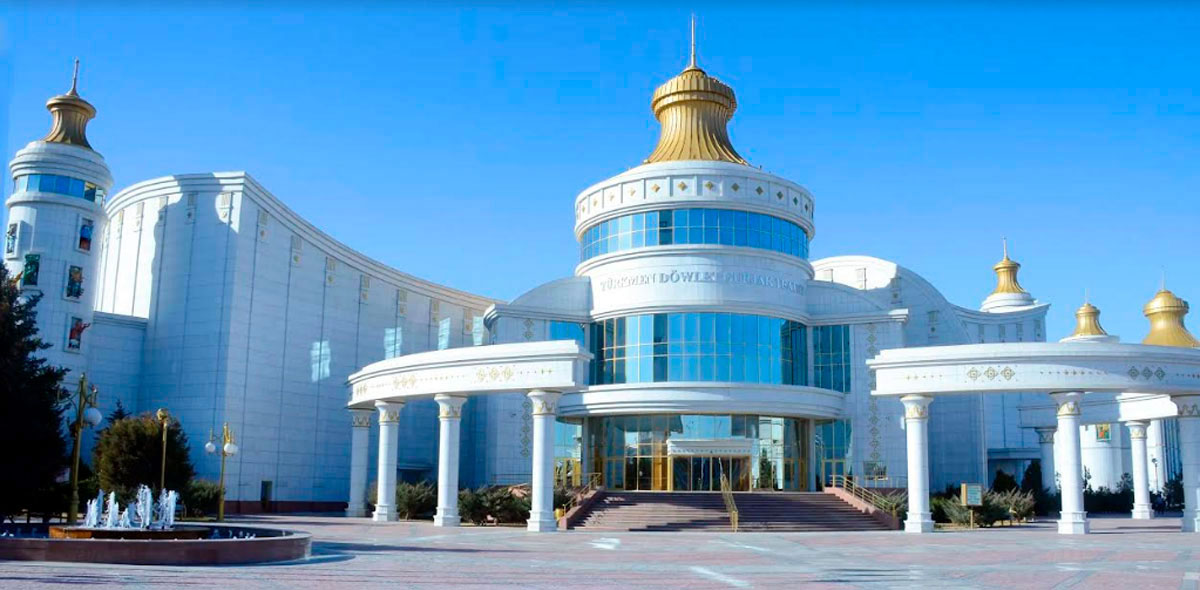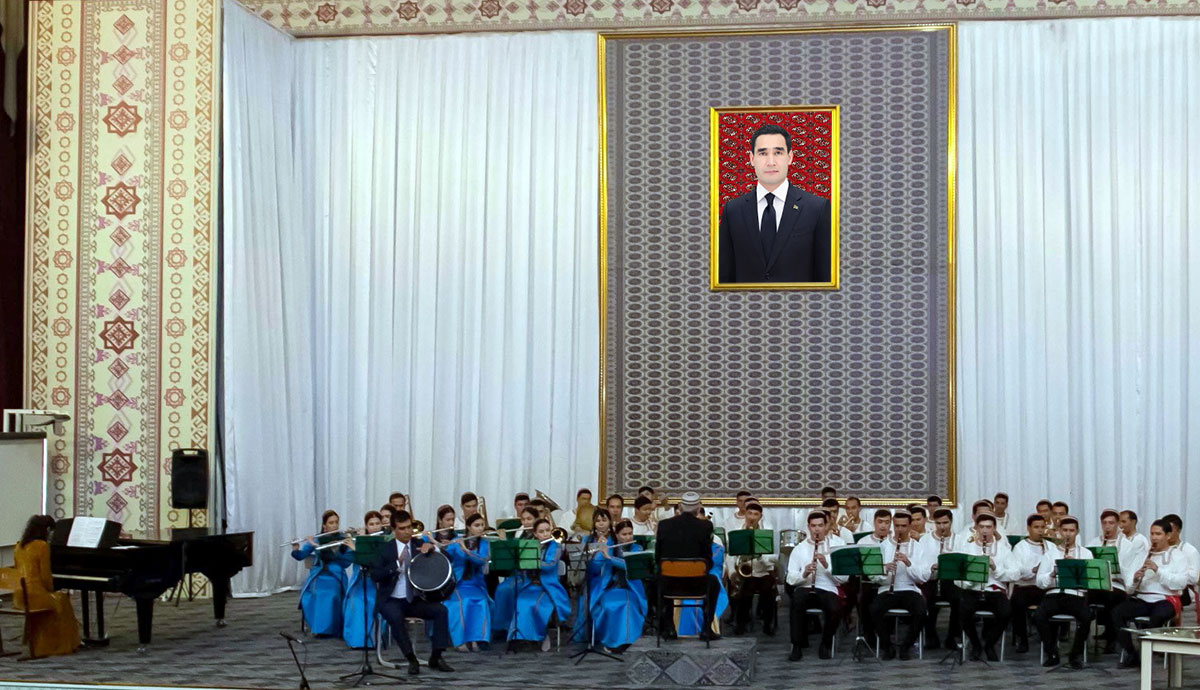In the twenties of the last century, at the age of 25, having received a diploma in archeology at Moscow State University, Alexander Alexandrovich Marushchenko arrived in Ashgabat from Russia to head the first organized archaeological section of the Institute of Turkmen Culture. From then until the end of his days, this tireless worker, who became an unsurpassed connoisseur of the antiquities of Turkmenistan, lived and worked in Ashgabat. He became one of the founders of Turkmen archeology, the discoverer of most of the most important historical monuments.
From the first years of his work at the institute, the archaeologist considered the creation of a chronological scale of complexes for all periods of the existence of sedentary life on the territory of southern Turkmenistan as one of the most important scientific tasks. The foundation for solving this problem at the beginning of the twentieth century was laid by the American expedition to Anau under the leadership of Raphael Pampelli.
Having carefully studied the results of American research, Marushchenko conducted his own excavations at the Ak-Depe settlement, near the town of Bekrova. He still had to open many ancient agricultural settlements on the territory of southern Turkmenistan. In 1939, after 10 years of hard work, he proposed his chronological column of Anau cultures, consisting of 12 stages, which had a clear archaeological characteristic and more accurate dates.
Behind the loud names of the expeditions of the 30s - Tezheno-Murghab, Amudarya, Karakum - there is a selfless physical and intellectual labor of Marushchenko himself, their only participant. For scientific research, the archaeologist received modest travel allowances, and everything else depended on his personal enthusiasm. So, during the Amu Darya expedition, having reached Kelif by train, Marushchenko examined its surroundings for several days. Further, by rail, he reached the Mukry and Kerkichi stations.
But a section of the road of 200 kilometers to Chardzhou, where there was no railway in those years, had to be overcome on foot. The only "well" technically provided pre-war expedition of the scientist can be called the Karakum expedition, carried out in 1937. At the disposal of Marushchenko were a guide and two camels. In this composition, 600 kilometers were covered in the desert in 26 days.
Marushchenko is credited with studying the most important archaeological sites of Turkmenistan: Nisa and Merv. Thanks to his excavations on Old Nisa, the culture of the indigenous regions of Parthia first appeared before modern scientists in real material objects. In 1935, at the Third International Congress on Iranian Art and Archeology in Leningrad, an archaeologist was the first to express an opinion about the connection of this Nisa with the activities of the Parthian kings. Marushchenko's ideas about this monument played a big role in its subsequent interpretation.
But his work in Merv is still little known, but it is Marushchenko who is credited with identifying the main periods in the history of this large city in the Middle East.
Here are two documents from 1937. In the "Encyclopedia of Islam" there is a generalizing reference of Academician Alexander Yuryevich Yakubovsky about Merv, where it was noted that the early history of the city is still unknown. At about the same time, Aleksandr Aleksandrovich drew up a "Synopsis Report" on the results of his excavations. On the basis of documentary archaeological materials, it speaks about the foundation of Merv in the Achaemenid period, about the existence of layers of the Hellenistic and Arshakid times. It was Marushchenko's work that for the first time made it possible to identify the corresponding archaeological complexes. The excavations were accompanied by the discovery of very rare written documents (ostracs) in the Middle Persian, Arabic and Sogdian languages.
Among the archaeologists who studied the ancient past of Turkmenistan, Alexander Alexandrovich was rightfully considered the best connoisseur of local monuments. Marushchenko traveled and mainly traveled to almost the entire territory of Turkmenistan. It was he who became the discoverer of most of the monuments of the Dzheytun culture. The honor of introducing into scientific circulation the eponymous monument of this culture - the settlement of Dzheitun - also belongs to Marushchenko.
Working at the Institute of History of the Academy of Sciences of Turkmenistan, the specialist willingly shared the vast reserves of knowledge accumulated by him with young archaeologists, including, for example, the future academician Egen Atagarryev. He remembered that Alexander Alexandrovich, who knew perfectly Turkmen customs and culture, had repeatedly demonstrated on expeditions to his colleagues his ability to read the "language" of Turkmen carpet patterns.
For many years, the scientist's opponent was academician Mikhail Evgenievich Masson. As a result of disagreements with the latter, at the end of his life, Marushchenko committed an unusual act, deliberately moved from professionals to amateurs.
As soon as he reached 60 years old, he applied for retirement and started independent scientific research. Research activity of Alexander Alexandrovich did not fade away until the last days of his life. He stayed abreast of all archaeological events, made interesting reports at conferences. From his last field trip, Marushchenko returned at the end of August 1976, just two weeks before his death.
Many years later, his works began to gradually be published thanks to the enthusiasm of his students and colleagues, and in memory of him a solid scientific collection was published, timed to coincide with the 100th anniversary of the pioneer scientist.
Roman Teplyakov






